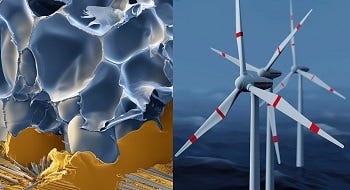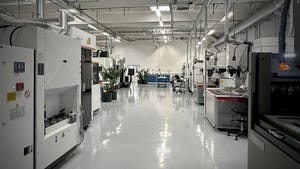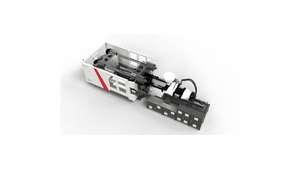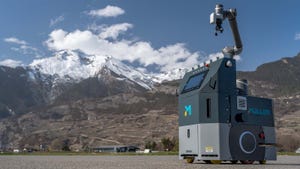PET foam offers lightweighting options
At the upcoming JEC Composites Show in Paris (March 12-14), BASF (Ludwigshafen, Germany) will introduce for the first time a structural foam based on PET (polyethylene terephthalate). The new material, with the trade name Kerdyn, offers lightweighting opportunities in a variety of market segments, including automotive.
February 27, 2013
At the upcoming JEC Composites Show in Paris (March 12-14), BASF (Ludwigshafen, Germany) will introduce for the first time a structural foam based on PET (polyethylene terephthalate). The new material, with the trade name Kerdyn, offers lightweighting opportunities in a variety of market segments, including automotive.
|
Foamed PET gives stability to wind turbine blades. |
Initially, BASF is targeting supply of the high-performance foam supplied in the form of panels that can be used inside wind turbine rotor blades to provide additional stability. As a core material, PET foam reportedly offers exceptionally good mechanical properties and has a wide range of compatibility in terms of processing. With its ability to withstand very high temperatures and its very good chemical resistance, Kerdyn is extremely well-suited for use in composites according to BASF.
As part of the spectrum of lightweighting materials for composites, high-quality PET foam panels are also in demand in the transportation, marine, and building/construction sectors, adds the supplier.
At JEC, BASF will be presenting the cross-section of a wind turbine rotor blade that was manufactured using the wide range of BASF products available for rotor blade production: The glass fibers are embedded in a Baxxodur epoxy resin system; the Kerdyn structural foam provides stability; the paint finish is based on a Relest gelcoat system; and the semi-structural Elastan polyurethane adhesive comes from the BASF product line, too.
About the Author(s)
You May Also Like



